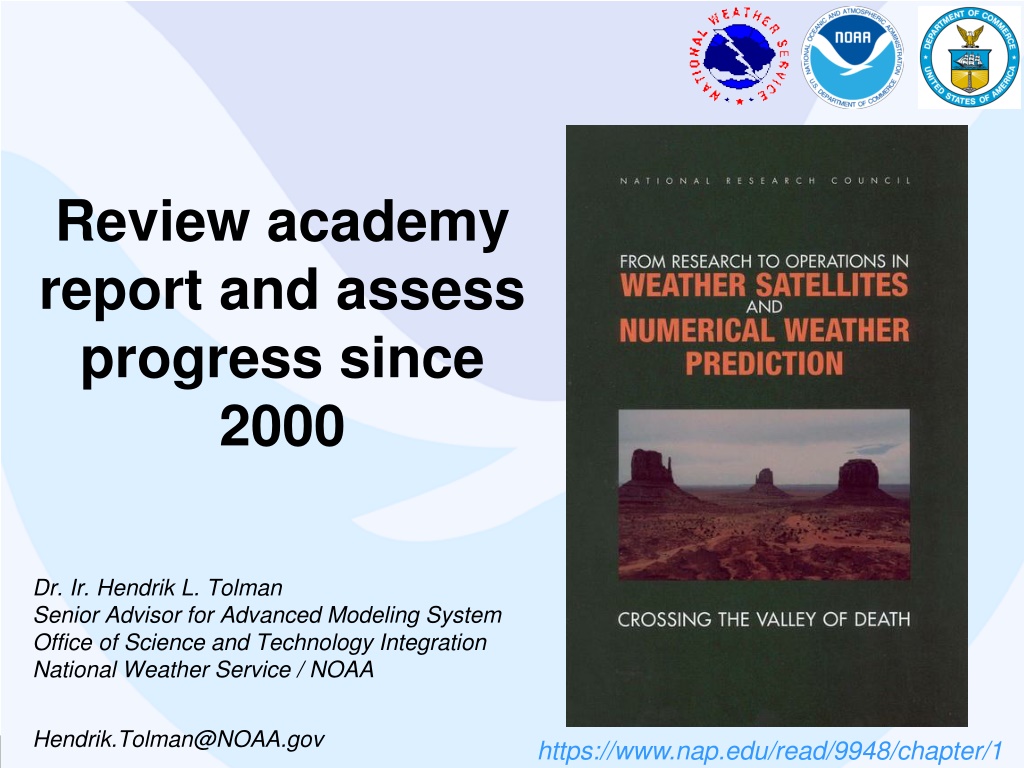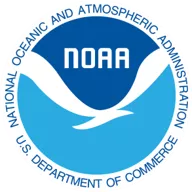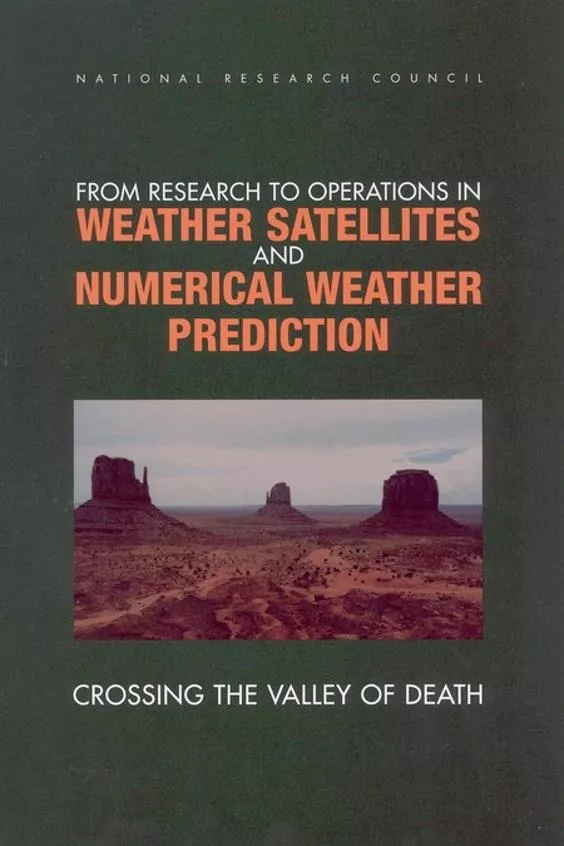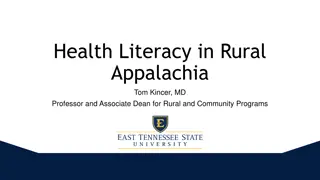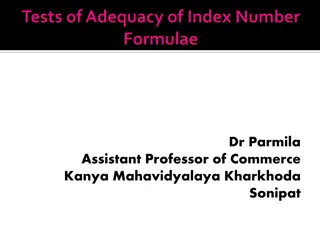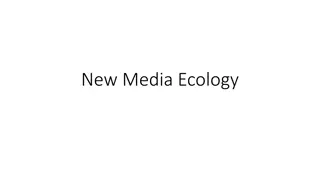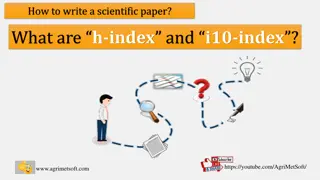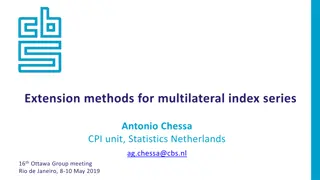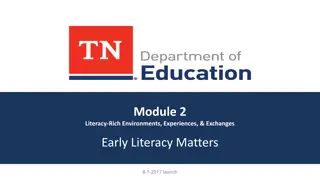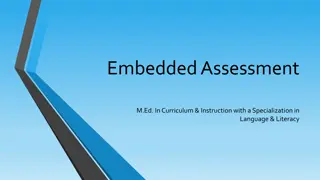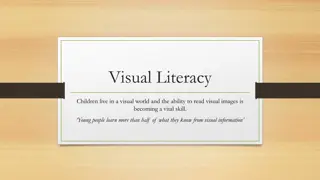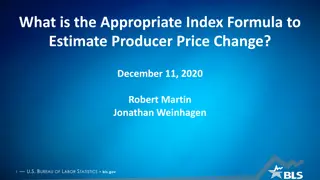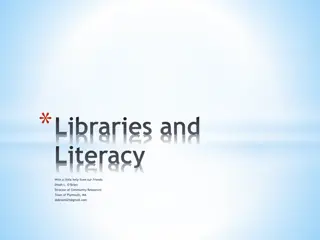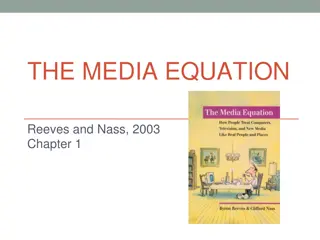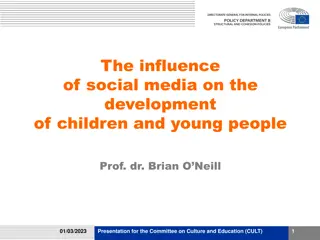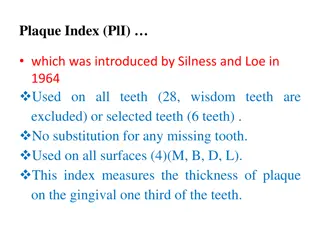Media Literacy Index 2023 Main Findings
The Media Literacy Index 2023 assesses the resilience of European countries to fake news and post-truth through indicators like media freedom, education, and trust. The methodology includes indicators like Press Freedom Index, PISA scores, and E-participation Index. Finland, Denmark, and Norway lead the rankings. Check out the complete findings!
Download Presentation

Please find below an Image/Link to download the presentation.
The content on the website is provided AS IS for your information and personal use only. It may not be sold, licensed, or shared on other websites without obtaining consent from the author.If you encounter any issues during the download, it is possible that the publisher has removed the file from their server.
You are allowed to download the files provided on this website for personal or commercial use, subject to the condition that they are used lawfully. All files are the property of their respective owners.
The content on the website is provided AS IS for your information and personal use only. It may not be sold, licensed, or shared on other websites without obtaining consent from the author.
E N D
Presentation Transcript
Review academy report and assess progress since 2000 Dr. Ir. Hendrik L. Tolman Senior Advisor for Advanced Modeling System Office of Science and Technology Integration National Weather Service / NOAA Hendrik.Tolman@NOAA.gov https://www.nap.edu/read/9948/chapter/1 Tolman, Nov. 1 2017 JTTI R2O workshop 1 / 8
Statement of Task The BASC will convene a summer study in a workshop format to explore issues related to the transition from research and development to operations in the area of numerical weather prediction. Two case studies will form the nucleus of the effort: 1) The plans being developed by NOAA's NCEP to incorporate recent advances in atmospheric science research into the next generation of numerical weather prediction models. 2) The NPOESS Preparatory Program that will be used to transition the satellite sensors developed by NASA into operational capabilities on the NOAA operational weather satellites. Of particular interest are how sensor data are to be used operationally and how such data will be made available to the operational and research communities. The board will summarize these plans, analyze their strengths and weaknesses, including any major barriers to their successful implementation, and recommend improvements. Direct quote from NAS report Tolman, Nov. 1 2017 JTTI R2O workshop 2 / 8
EMC recommendations Recommendation (2000) Preset Status (2017) 1 Implement a development, testing, and integration facility at EMC Support critical EMC staff through base funding Better resources within EMC, adding DTC, GMTB, testbeds and OPG 2 Greatly improved by 2010, may be eroding now. 3 Co-locating EMC with other appropriate institutions. Move from WWB to NCWCP (University of Maryland), Summer 2012 4 Broad NWS plan for technology infusion NWS modernization, one-NOAA HPC, SENA project 5 EMC should actively participate in the USWRP Moving from in-house mesoscale models to WRF 6 EMC needs to collaborate with NSF and ONR on oceans Navy HYCOM models implemented at EMC, HYCOM-MOM merging ongoing 7 NCEP and EMC should institutionalize the R2O process Glass half full Following slides Tolman, Nov. 1 2017 JTTI R2O workshop 3 / 8
Satellite recommendations Recommendation (2000) Preset Status (2017) 1 NASA and NOAA to replace the Oper. Satellite Impr. Program ? 2 Form a community- team at the start of sensor development. Develop a plan for the archiving of NPOESS data Generally followed 3a NPOESS discontinued 3b NASA and NOAA to evaluate the potential savings when archiving NPOESS satellite data through EOSDIS. NOAA and NASA to integrate in situ and satellite observation for research and operational needs. NASA and NOAA to ensure continuity of critical observations. NPOESS discontinued 4 Merged NESDIS products, MRMS, etc., unification across Los? 5 NOSIA-II (TPIO) EOS-2 (OSTP) programs, funding ? Tolman, Nov. 1 2017 JTTI R2O workshop 4 / 8
Balance recommendations Recommendation (2000) Preset Status (2017) 1 New sensor development to include funds for the transition of the data into operational products at the appropriate stage of the development process. Increase EMC funding without negatively impacting the nation's weather and climate research enterprise Otherwise, shift responsibilities (USWRP) Balance efforts in weather and climate wrt R&D and R2O In conflict with LO funding authorities of NOAA. 2 EMC funding was increased. Much better linkage between operations (EMC) and research (OAR) Mixed bag, NWS-OAR funding, R&D R2O HPC Tolman, Nov. 1 2017 JTTI R2O workshop 5 / 8
Broader R2O view XNCEP / EMC doing it alone Then by necessity, now not justified (shift in resource availability from NOAA academia) Then NWS models, now community models WRF, HWRF, HYCOM, MOM, WW3, etc. XValley of death is not as big How much time does it take to operationalize (harden) New software now more mature, e.g., WRF, WRF-Hydro Transition from models to modeling frameworks WW3 2000 first implementation in 5-7 years WW3 2009 implementation new model in 9 months Modern code management software, Moving from svn to Git and Github Tolman, Nov. 1 2017 JTTI R2O workshop 6 / 8
Broader R2O view XKey elements for efficient R2O O2R before R2O Mostly incremental upgrades, occasional revolutions Revolution is order of magnitude more expensive, unless . Technology Modern code management (Git / Github) Hard enforcement of best practices Governance Ops / Federal Research / Academia integrated teams plan development in multi-year time frame Code management that supports R&D and Operations End-to-end process available to all Include input, verification and validation tools, test protocol Funding; programs (NOPP, JTTI, HFIP, NGGPS, ) & leveraging Tolman, Nov. 1 2017 JTTI R2O workshop 7 / 8
Tolman, Nov. 1 2017 JTTI R2O workshop 8 / 8
